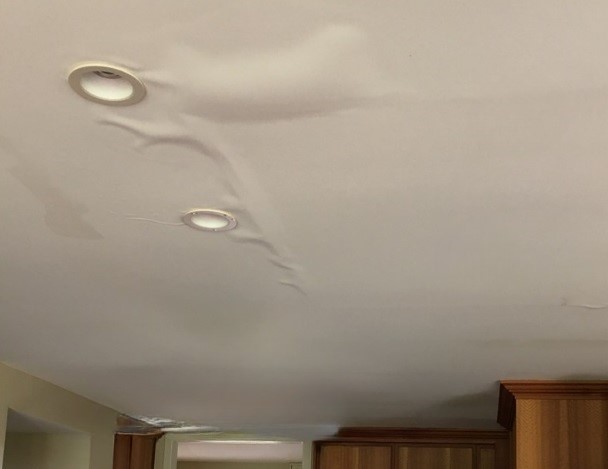Building Defects Missed or Mistaken Affect Valuation Accuracy
Building defects missed or mistaken by the property valuer is the third key factor that could cause a valuation to be inaccurate. These defects include water damage walls that have been painted over, a sinking floor, a leaking roof, clogged gutters, large wall cracks that have been cosmetically patched, asbestos mistaken for fibre cement, a faulty oven and rangehood, discoloured ceilings caused by a leaking shower upstairs, rotting floorboards under the carpet, etc.

Building defects that are less obvious and not physical in nature include a negative history of a property. A dramatic example would be a house in which a murder or suicide had occurred in the past. Such properties are also known as “murder houses” or “stigmatized properties”.
This negative past could have a negative impact on the property’s value and asking price. If known to potential buyers such a property would be less desirable and its lower demand would be reflected by a lower value. According to anecdotal evidence from the United States, there is a 15–25% decrease in value for two to three years following the event. The discount eventually disappears, but it takes 10 to 25 years for the stigma to entirely go away.
Missed or mistaken building defects affects valuation accuracy if adjustments are not made to the valuation for the following:
Building defects: reconstruction and repair costs
Building defects could be the result of poor workmanship or sub-standard building materials used during the building construction stage, or defects could commensurate with the age of the building. Poor wiring, leaking plumbing, mould, termites, warped wood, and unstable flooring are just a few of the numerous defects that might necessitate months of repairs, if not a whole house rebuild. Even so, it doesn't take into account the astronomical cost such projects would incur.

Marketing Challenges
A large percentage of market participants will not buy properties with either still-existing or even corrected building defects. The small number of potential buyers interested in purchasing the impacted properties may be even more constrained as a result of their inability to get loans or other forms of financing. The pool of potential buyers would be further diminished if a potential buyer was forced to complete an all-cash transaction due to their inability to obtain financing. As a result, in order to entice buyers, sellers of property with defects are frequently forced to give large price discounts or other concessions.
Loss of Use
Repairs to building defects can take months or even years. Homeowners might need to move when their homes need significant repairs. Likewise, defects can make it impossible for the home's owner to rent it out, or at best, if the defects are not severe, to rent it at a discount. A property valuer often assess the value of a property by comparing it to similar surrounding properties without those building defects. A property loses value if it is unusable.
